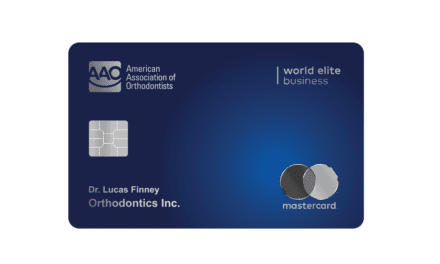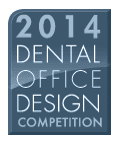According to the AAO, the Task Force on Recruitment and Retention of Faculty is making progress.
The Task Force, which was formed in 2006, includes leading orthodontic educators, members of the AAO Board of Trustees, and dental school deans.
"We are beginning to realize our goal of putting realistic and lasting solutions in place to address orthodontic faculty recruitment and retention, a crisis we share with dentistry as a whole. We know many are called to teach, and we are laying the groundwork to help these important educators answer that call," said Task Force Chair and AAO Past President Donald R. Joondeph, DDS, MS.
"We cannot expect the government or those outside of the profession to solve the crisis for us. This is a multifaceted problem which requires continued study and commitment of resources. We encourage others to examine our initiatives," said Raymond George Sr, DMD, the current AAO president.
The Task Force’s first initiative, implemented in the AAO’s 2006–2007 fiscal year, was disbursement of $2 million to augment salaries of full-time faculty at accredited postdoctoral orthodontic programs in the United States and Canada. One-time awards of up to $30,000 were distributed to 142 orthodontic faculty members in recognition of their contributions to the specialty and as an incentive to remain in orthodontic education.
AAO efforts during its 2007–2008 fiscal year included eleven 2- or 3-year Full-Time Faculty Teaching Fellowships. Fellows are to receive $30,000 for each year of the fellowship and must commit to teaching a number of years equal to the length of the fellowship. This initiative was extended by the 2008 AAO House of Delegates for new fellowships that will range from 2 years to 5 years, yielding 4 to 10 years of teaching per fellow.
The Task Force is launching a clearinghouse on faculty job opportunities on the AAO’s member Web site to make these positions known to a wide audience of orthodontists. A presentation on academic careers was developed for orthodontic students and residents as they consider their postgraduation professional options. Entrance and exit surveys were created and distributed to those coming into or leaving orthodontic education to identify trends and understand their implications.
The Task Force has identified other strategies to support orthodontic education and educators. Mentoring was recognized as an important component of attracting and nurturing of junior faculty. Accordingly, a Mentor Guide was published in the April 2008 issue of the American Journal of Orthodontics and Dentofacial Orthopedics. It encouraged all faculty, whether part- or full-time, to consider mentoring a junior faculty member. The goal is to have a mentor for every faculty member below the rank of professor.
The Task Force recognizes the importance of retention of seasoned orthodontic faculty. A subcommittee is now studying approaches that would support midlevel and senior faculty members.
"Progress is being made, and we are encouraged. The future of the orthodontic specialty is at stake. We are dedicated to its preservation through attracting and retaining gifted educators who have so much to offer as orthodontic faculty," Joondeph said.









